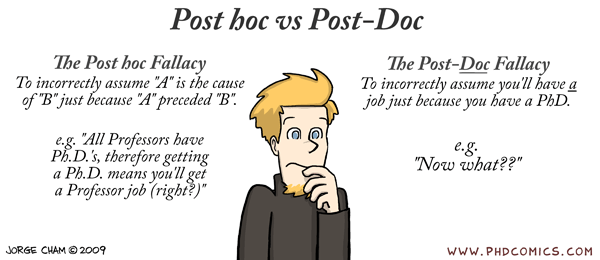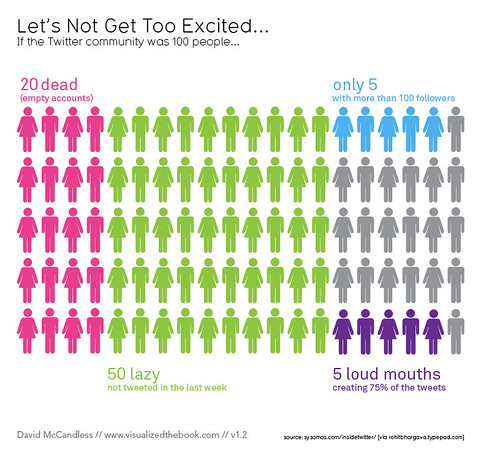Martin Rundkvist is an unusual combination he is an archeologist and a wikipedia watcher. His recent blog post discusses censorship on Wikipedia in an article Wikipedia Cracks Down On Cult Propagandists. The article b eginning with Wikipedias decision in May to bar all Church of Scientology users from editing CoS articles on wikipedia. But the interesting focus of his article is the struggle over the articles about Falun Gong (a.k.a. Chinese Scientology).
They used to be a battleground between Chinese Communist Party loyalists and Falun Gong devotees, both sides trying to cram as much propaganda into the articles as possible. Then the FGers managed to get the CCP guys banned from editing…it led to a prolonged situation where the articles were entirely taken over by cult propagandists… And now a similar clean-up effort has reached the Falun Gong pages. A swarm of experienced Wikipedians with no pro-FG or pro-CCP agenda has descended on them. Yesterday the nastiest of the FGers (a fellow Scandy, no less) was banned for six months from touching any of the FG articles. And the delicious irony is that this is the very same guy who got the CCP propagandists thrown out!
In the amazing arguments which pop up in academia about whether or not Wikipedia should be used by students or not. The facts of articles is often brought to the fore of the argument. But very rarely is there a initiated discussion about the truthfulness of wikipedia articles. Who is writing and editing them and why?
One of the most obvious censors are the voluntary editors within the system, here is a typical complain from The Register (2007)
Is Wikipedia running a censorship board? John Barberio thinks so. After more than two years as an active contributor to the free online encyclopedia, the 27-year-old Oxfordshire man recently left the project over the behavior of its “OTRS volunteers,” unpaid administrators who act on reader complaints about the site’s content…I dislike using the scary C word, but OTRS are acting as a censorship board,” he says. “And worse, they appear to be acting as an inept, heavy-handed amateurish censorship board.”
This is unfortunately nothing new but what is probably more concerning is the slick group of workers who change or adapt wikipedia to suit there own needs. The Independent in Wikipedia and the art of censorship (2007) have given several examples of such censorship including:
A computer registered to the Dow Chemical Company is recorded as deleting a passage on the Bhopal chemical disaster of 1984, which occurred at a plant operated by Union Carbide, now a wholly owned Dow subsidiary. The incident cost up to 20,000 lives.
A computer linked to the Israeli government twice tried to delete an entire article about the West Bank wall that was critical of the policy. An edit from the same address also modified the entry for Hizbollah describing all its operations as being “mostly military in nature”.
A computer with an Amnesty International IP address was used to delete references accusing the charity of holding an anti-American agenda.
And finally there is the whole problematic issue of Jimmy Wales’ role in the suppression of the David Rohde capture by the Taliban.
What it all amounts to is the freedom of information or the importance of correct information or the dangers of sensitive information – who gets to decide and what the implications of such decisions are. This is a topic which cannot be easily fobbed off and needs to be discussed in much greater detail.

